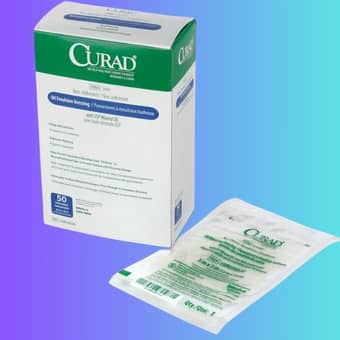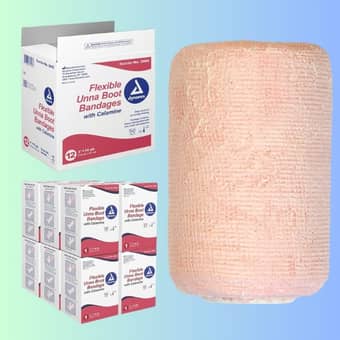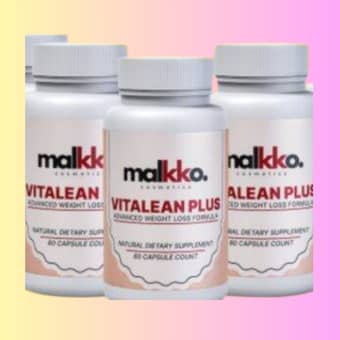Weight loss involves understanding the role of protein in your diet. Getting enough protein helps you build and keep muscle. It also makes you feel full, so you can manage hunger better. This support makes it easier to reach your weight loss goals. In this guide, you’ll find the best protein-rich foods for weight loss. These options will help you make smart choices and boost your success. Let’s examine the top protein-packed foods you should consider integrating into your meals!
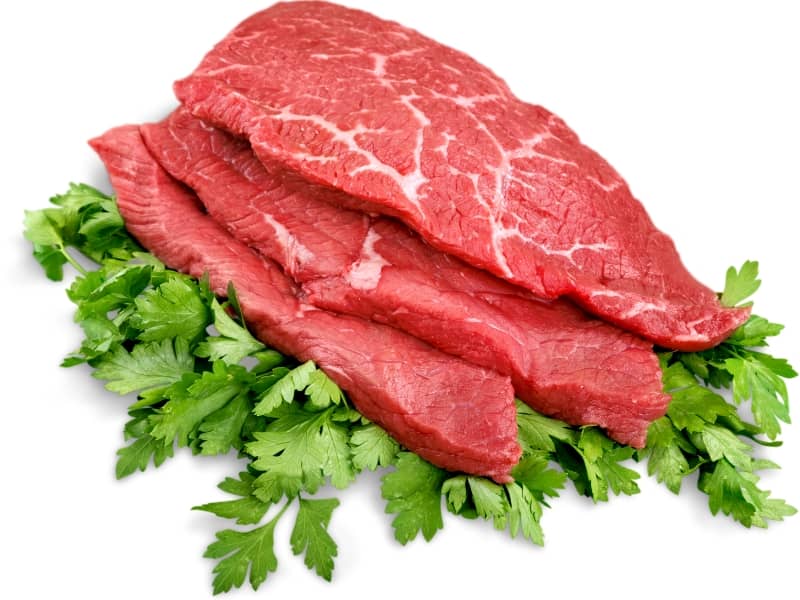
Table of Contents
Key Takeaways:
-
High-quality protein sources include lean meats, fish, eggs, dairy, legumes, and nuts. These options offer essential amino acids that help maintain muscle during weight loss.
-
Satiety and Meal Planning: Adding protein-rich foods to meals helps you feel fuller. This can control portion sizes and lower calorie intake.
-
Protein Timing: Eating protein throughout the day boosts metabolism and aids muscle recovery. This can be good for managing weight.
I. Understanding Protein
For anyone pursuing weight loss, understanding protein is crucial. Protein is essential for your body. It helps repair and grow muscles. It also supports your health. It also helps you feel full, which can curb cravings and assist in weight management. Your food choices affect your protein intake. It’s important to choose the right sources to help with your weight loss journey.
1.1. Types of Protein
For effective weight loss, you should consider the different types of protein. We can categorize them based on their sources:
-
Animal protein (meat, fish, dairy)
-
Plant-based protein (beans, nuts, grains)
-
Complete proteins (contain all crucial amino acids).
-
Incomplete proteins (lack one or more crucial amino acids).
-
Protein supplements (powders, bars)
Thou must choose a variety for a well-rounded diet.
| Type | Source |
| Animal Protein | Meat, fish, poultry |
| Dairy | Milk, cheese, yogurt |
| Plant Protein | Beans, lentils, seeds |
| Protein Supplements | Whey, soy, pea protein |
1.2. Importance of Protein in Weight Loss
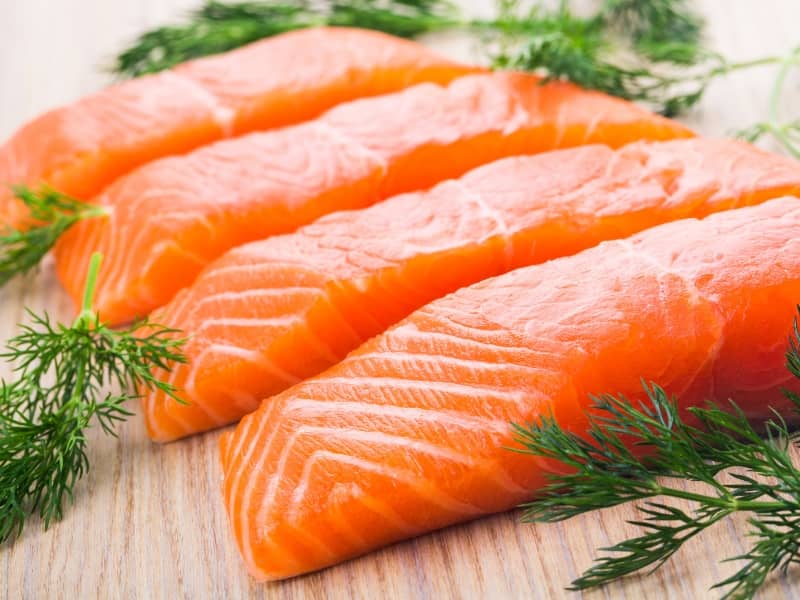
Weight loss isn’t only about eating less. What you eat also counts. Protein helps keep muscle mass when losing weight. This is key for a healthy metabolism. It takes longer to digest than carbohydrates. This means you feel fuller for longer, which helps prevent snacking and overeating.
The inclusion of protein in your weight loss diet can speed up your success. Eating more high-protein foods can help you feel fuller. This makes it easier to stick to your diet. Protein helps keep your lean muscle as you lose fat. This way, you not only shed weight but also maintain a balanced body. Including protein in your weight loss plan can improve results and increase satisfaction.
II. Top Food Sources of Protein
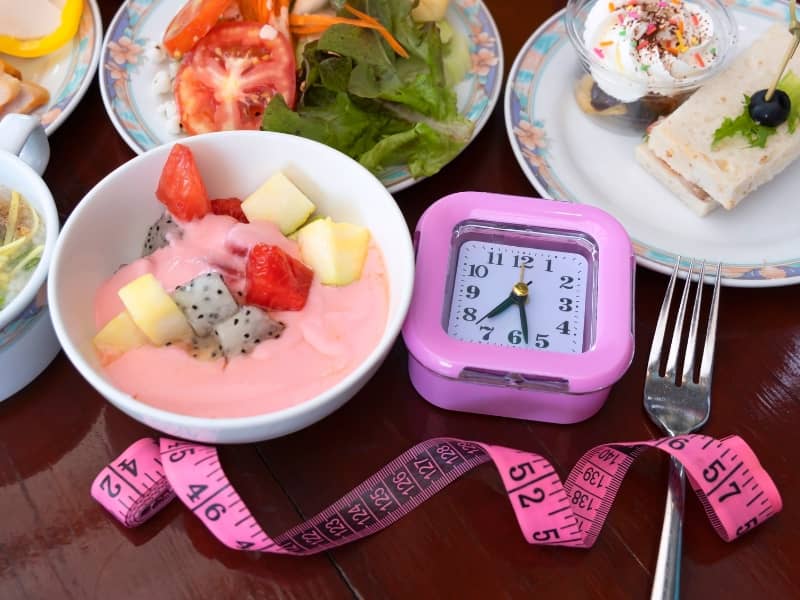
You have many food choices to add protein to your weight loss diet. Protein-rich foods help you feel full and satisfied. They also support muscle maintenance when losing weight. Choose both animal-based and plant-based sources. This helps meet your dietary preferences and nutritional needs.
2.1. Animal-Based Sources
Animal-based protein sources are usually complete proteins. This means they have all the amino acids your body needs. Options like lean meats, poultry, fish, eggs, and dairy products are excellent choices. Adding these foods to your meals boosts protein and provides essential nutrients. For example, fish offers omega-3 fatty acids, and dairy is a good source of calcium.
2.2. Plant-Based Sources
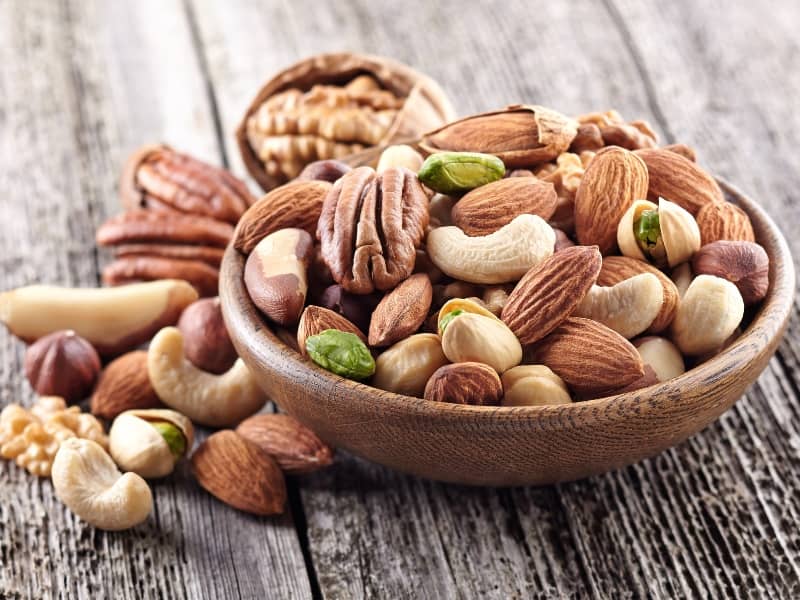
Food sources rich in plant-based protein can also fit well into your weight loss plan. Legumes, nuts, seeds, and whole grains are great sources of protein. They also provide you with fiber, vitamins, and minerals. They are great options for anyone wanting to cut down on meat. They work well for vegetarians and vegans, too.
Combining different plant-based protein sources is good. It helps you get all the amino acids you need. For example, adding beans to rice or mixing quinoa into your salads boosts your protein. These sources boost your protein intake. They also support your health and aid in weight loss. Plus, they let you enjoy a tasty and varied diet.
III. Tips for Incorporating Protein into Your Diet
To add more protein to your diet, consider these strategies that work well.
-
Start your day with a protein-rich breakfast.
-
Incorporate lean meats, beans, and legumes into your meals.
-
Choose snacks high in protein, such as Greek yogurt or nuts.
-
Opt for whole grains that contain protein, like quinoa or farro.
-
Experiment with protein supplements if necessary.
Making these changes can help you feel full and satisfied all day.
3.1. Meal Planning Suggestions
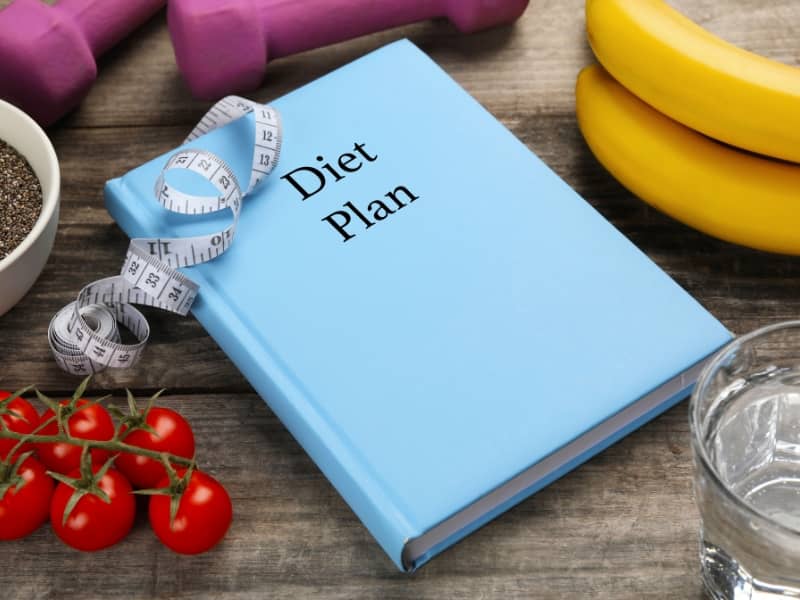
While planning your meals, focus on including a source of protein in each dish. You can add grilled chicken to salads. Toss tofu into stir-fries. Enjoy eggs in many ways. Preparing meals ahead can save time. It helps you choose protein-rich options all week long. Use different ingredients to keep meals interesting and balanced.
3.2. Portion Control Strategies
Practice portion control in your meals. This is especially important for protein. Measure out the right servings. This helps prevent overeating. Overeating can cause unwanted weight gain. Try using smaller plates. They can help you see portion sizes better. Take your time while eating. This lets your body know when it’s full. Watch your protein intake. Even healthy foods can lead to too many calories if you aren’t careful.
Protein helps keep a healthy weight and supports your body’s needs. Aim for about 20-30 grams of protein in each meal to help regulate hunger and enhance muscle repair. Balancing your plate helps stop overeating. It also keeps your energy steady. Assess your portion sizes and adjust them as necessary to fit your dietary goals. Listen to your body and practice mindful eating. This helps you control portions and supports your weight loss journey.
IV. Step-by-Step Guide to Increasing Protein Intake
Now that you know how vital protein is for weight loss, add more protein-rich foods to your meals. Start by taking these steps to enhance your intake to a great extent:
| Steps | Actions |
|---|---|
| 1. Calculate Your Needs | Use a protein calculator to determine how much protein you should consume daily. |
| 2. Choose Protein Sources | Incorporate various sources like lean meats, fish, dairy, legumes, and nuts into your meals. |
| 3. Plan Meals | Design meal plans that integrate protein with every meal and snack. |
| 4. Prepare Snacks | Choose protein-rich snacks like yogurt, cheese, or protein bars for convenience. |
| 5. Monitor Progress | Adjust your protein intake as needed for optimal results. |
4.1. Setting Protein Goals
Any successful weight loss journey begins with setting clear protein goals. Find out how much protein you need each day. Consider your weight, activity level, and fitness goals. Aim for a balanced diet. This helps with muscle maintenance and keeps you feeling full. Make sure to eat enough protein in your meals and snacks.
4.2. Tracking Your Intake
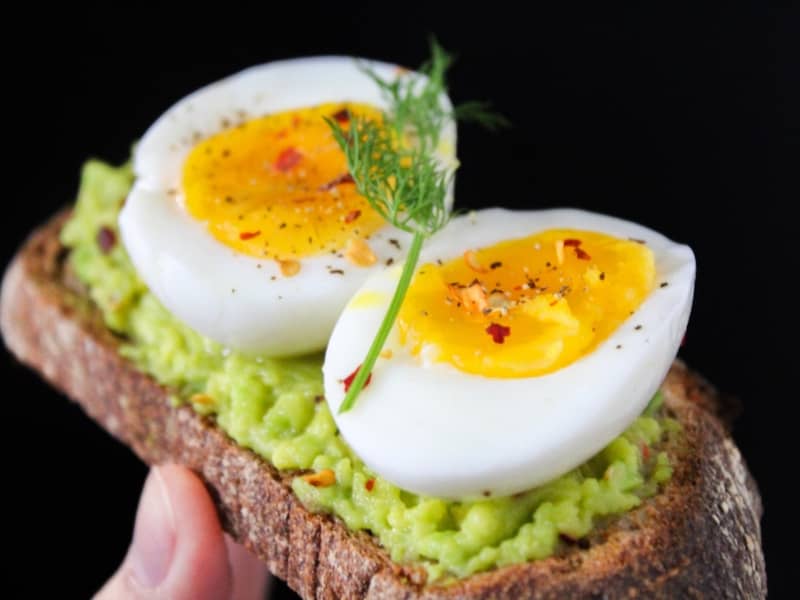
An effective way to stay on track with your protein goals is by monitoring your intake. This helps you track your daily protein intake. You can then adjust your diet as needed.
A variety of apps and online tools are available to help you log your food intake. Tracking your meals helps you find protein sources that suit you. It also lets you spot trends in your eating habits with ease. Consider keeping a food journal if you prefer a tangible method. Tracking helps you stay accountable. It also lets you adjust your protein intake. This way, you can boost your weight loss success.
V. Factors Influencing Protein Needs
Consider what impacts your weight loss journey to understand your protein needs. Knowing these elements can help you tailor your diet to reach your goals. Key factors include:
-
Your age
-
Your gender
-
Your activity level
-
Your health
-
Your weight loss goals
Understanding these factors can help you make smart food choices for weight loss.
5.1. Age and Gender Considerations
As you age, your body needs more protein. This is because muscle mass and metabolism usually decrease. Also, gender matters. Men usually need more protein than women because they have more muscle. As you age or define your gender, changing your protein intake is key. It helps keep your muscles healthy and supports your body’s functions.
5.2. Activity Level and Weight Loss Goals
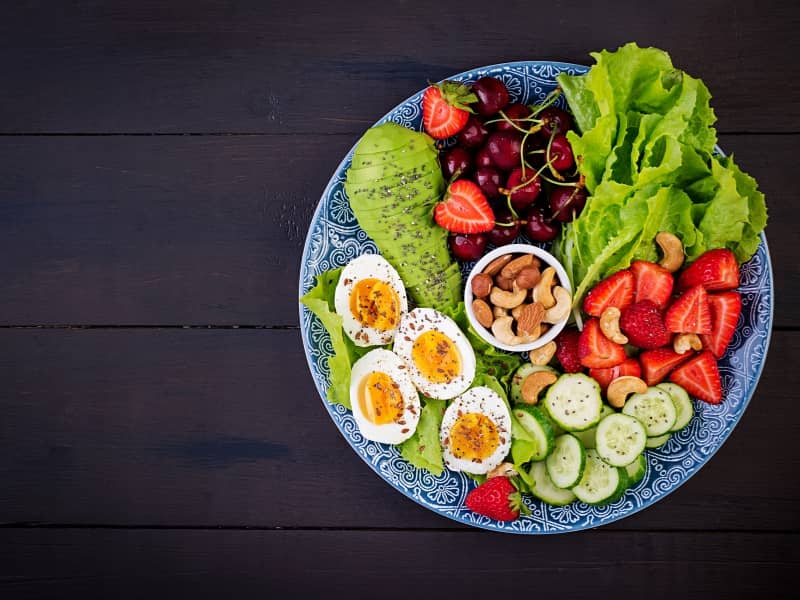
If you’re active, you may need a higher protein intake than someone with a sedentary lifestyle. The intensity and frequency of your workouts should dictate your protein consumption. For weight loss, it’s important to maintain muscle mass while losing fat. So, matching your protein needs to your activity level and goals can improve your results.
Gender can affect your protein needs during physical activities. Men who work out or strength train often need about 1.2 to 2.0 grams of protein per kilogram of body weight. Women usually need around 1.0 to 1.8 grams. Adjusting your intake for your gender and activities helps with muscle recovery. It also boosts fat loss and keeps lean body mass.
VI. Pros and Cons of a High-Protein Diet
Many individuals seek to understand the advantages and disadvantages of a high-protein diet. Looking at these factors can help you decide on your weight loss plan.
| Pros | Cons |
|---|---|
| Increased satiety, reducing hunger | Can be expensive depending on sources |
| Supports muscle retention during weight loss | May lead to nutrient imbalances |
| Boosts metabolism through thermogenesis | Potential for digestive discomfort |
| Improves blood sugar control | Increased risk of dehydration |
| Simplifies meal planning | Long-term sustainability concerns |
6.1. Benefits of Increased Protein
Eating more protein can boost weight loss. It helps you feel full and keeps your muscles strong. When your body burns calories better, you also improve your metabolism. This helps you get better results.
6.2. Potential Drawbacks to Consider
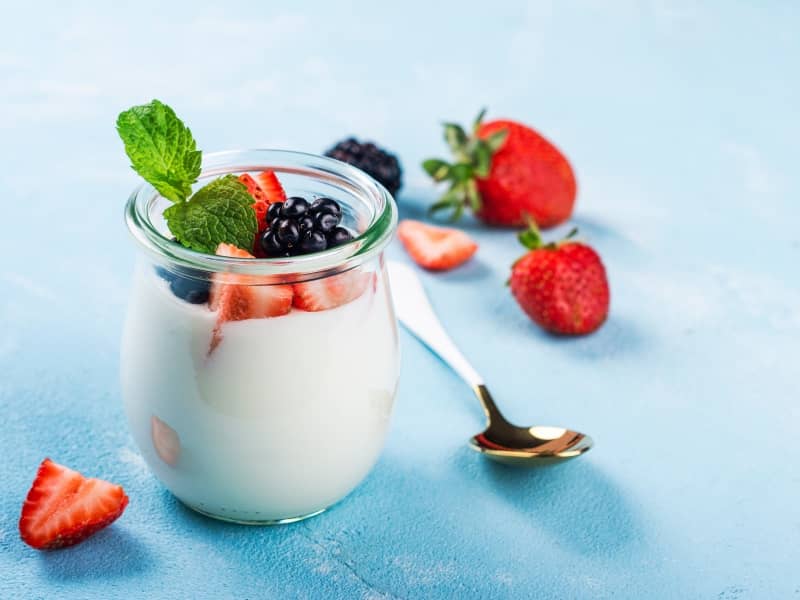
Consistent high-protein intake can have some drawbacks worth noting. You may experience digestive issues, particularly if fiber intake is low. Focusing too much on protein can make you miss out on important nutrients from other food groups. This may lead to health issues.
Protein sources can differ a lot. A diet high in animal products can lead to too much saturated fat. This imbalance could lead to heart health risks and impact your long-term wellness. Balance your protein with fruits, vegetables, and whole grains. This creates a healthy diet that helps with weight loss.
Maximize Protein in Weight Loss Diet for Muscle and Health
Now that you know how important protein is for weight loss, you can choose the best food sources for your meals. Focus on lean meats, dairy, legumes, and plant-based foods. This will help you feel full, keep muscle mass, and boost your health. Adjusting your protein intake to match your lifestyle helps you lose weight. It also encourages lasting healthy habits. Make these protein-rich foods a staple in your diet for success on your weight loss journey.
FAQ
Q: What role does protein play in a weight loss diet?
Protein is key in a weight loss diet. It helps you feel full, which can lower your total calorie intake. It also helps keep muscle mass while losing weight. This way, the body uses fat for energy instead of muscle. Eating more protein can boost metabolism. This helps the body burn more calories, even when at rest.
Q: What are some of the best food sources of protein for weight loss?
Great protein sources for weight loss include:
-
Lean meats, like chicken and turkey,
-
Fish, especially fatty types like salmon, is healthy.
-
Eggs
-
Dairy products, such as Greek yogurt and cottage cheese, are healthy options.
-
Legumes, including beans and lentils.
-
Plant-based choices, like tofu, tempeh, and quinoa.
These foods provide high amounts of protein while being low in calories.
Q: How much protein should one aim for in a weight loss diet?
The protein you need for weight loss depends on several factors. These include your age, sex, activity level, and personal goals. Generally, aiming for about 0.6 to 1.2 grams of protein per pound of body weight is a good starting point. Consulting with a healthcare or nutrition professional can provide a more personalized recommendation.
Q: Can high-protein diets cause any side effects during weight loss?
A high-protein diet is usually safe for most people. But it can cause side effects if not balanced well. Common issues include digestive discomfort. Some people may feel kidney strain. Also, ignoring other food groups can cause nutrient deficiencies. It’s important to include a variety of foods in the diet to ensure balanced nutrition.
Q: How can I incorporate more protein into my meals without adding too many calories?
To add more protein to your meals without adding too many calories, try lean protein sources. Good options include skinless chicken breast, fish, and legumes. Adding a scoop of protein powder to smoothies or oatmeal can also be effective. Snacks such as Greek yogurt, cottage cheese, or nuts can increase protein intake. They do this without adding too many calories. Planning meals around protein-rich foods can create a satisfying and balanced diet.
Last Updated on April 5, 2025 by Holistic Healths


